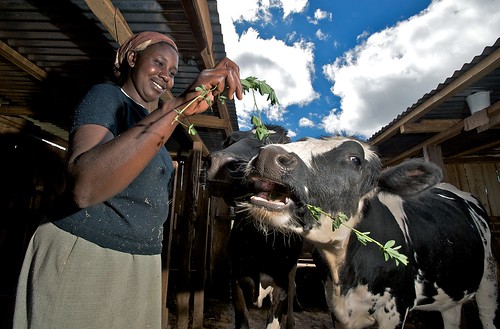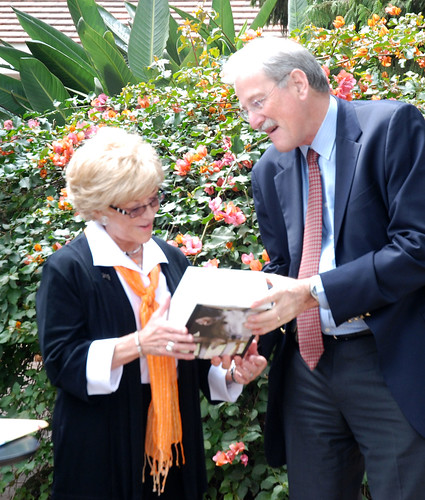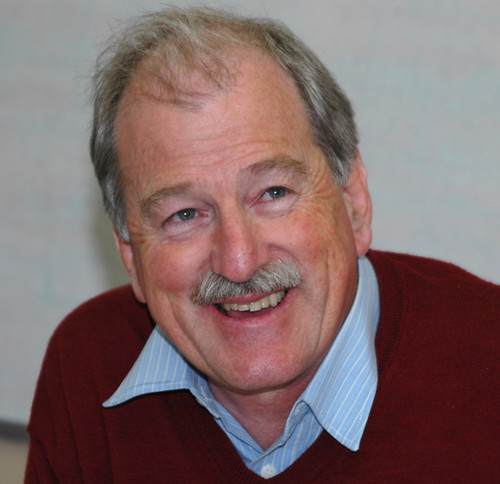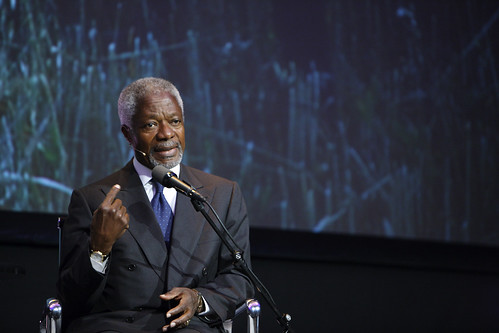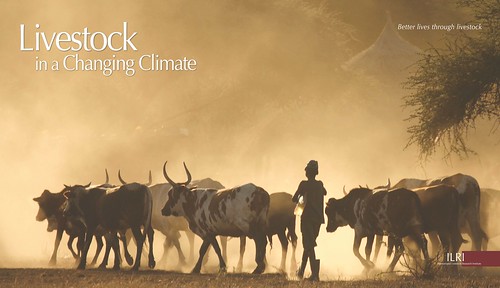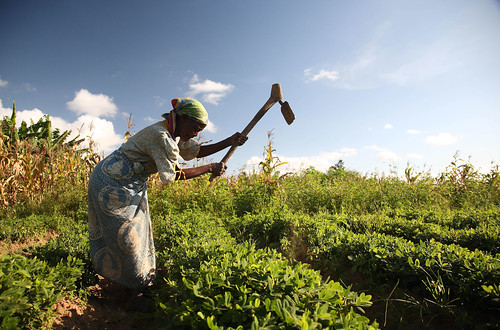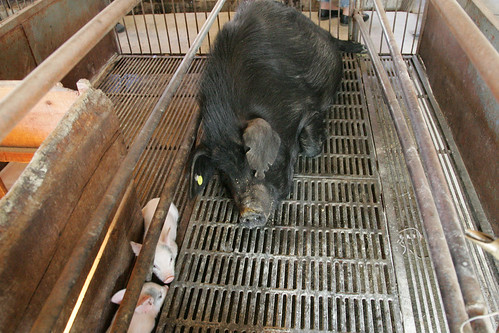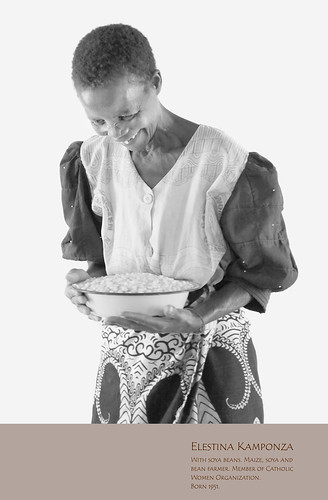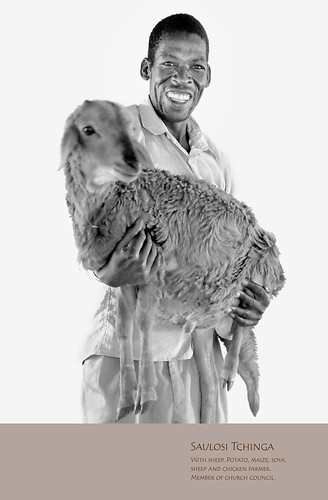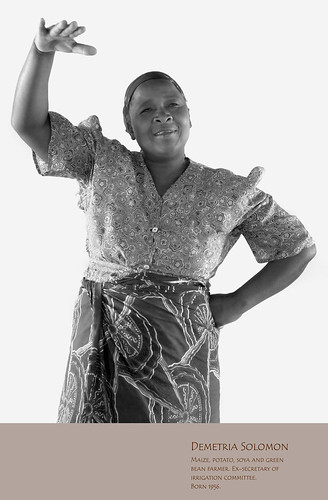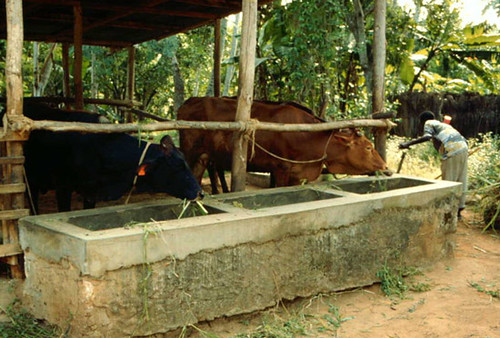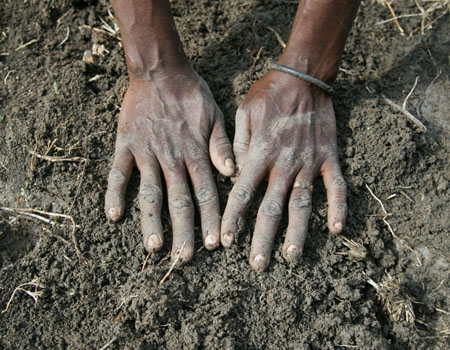A dairy farmer feeds her cows in Kenya. A new global study says competitive dairying offers small-scale dairy producers in Africa a pathway out of poverty (photo credit: East African Dairy Development Project)
Investing in the dairy sector and growing it into a competitive industry would offer small-scale dairy producers in sub-Saharan Africa opportunities to increase their incomes, meet food requirements and find a way out of poverty, according to a new study that assesses global perspectives for smallholder milk production by the Food and Agriculture Organization of the United Nations (FAO).
The status and prospects for smallholder milk production—A global perspective, a study jointly published by FAO and the International Farm Comparison Network and released September 2010, says ‘making smallholder dairy production more competitive could be a powerful tool for reducing poverty, raising nutrition levels and improving the livelihoods of rural people in many developing countries.’
The study notes that rising milk demand, which is growing by about 15 million tonnes per year in developing countries, provides a chance for small-scale dairy farmers to raise their milk production, which would not only create jobs but also help to ‘establish sustainable dairy chains that can meet local consumer and world market demands’. ‘Growing consumer demand for dairy products in developing countries, driven by population growth and rising incomes, offers important market opportunities for smallholders,’ the report adds.
The Africa-based International Livestock Research Institute (ILRI) is at the forefront of helping small-scale dairy producers benefit from the dairy sector through projects such as the Smallholder Dairy Project, which contributed to a review of the Kenya dairy policies beginning in 2004, eventually leading to remarkable benefits of over US$230 million for Kenyan milk producers, vendors and consumers in the past 10 years. Interventions of this project have also led to a three-fold increase in milk production across areas where the project worked with small-scale dairy farmers.
ILRI is also helping to implement a Heifer-International-led East Africa Dairy Development project in Kenya, Rwanda and Uganda that is improving the dairy incomes of over 170,000 dairy farmers. The project is organizing farmers into cooperative groups to pool resources and buy milk cooling facilities, improve animal breeds, improve fodder and train farmers how to better manage their milk business. In the past two years of the project’s implementation, changes in attitude among dairy farmers have led to economic benefits that are improving the livelihoods of East Africa’s small-scale dairy producers.
Around 150 million small-scale dairy farming households (750 million people) are engaged in milk production globally, with most of them in developing countries, according to the study; some six billion people, most of them in developed countries, consume milk and milk products.
With global prices for dairy products expected to rise in coming years, the report notes that small-scale milk producers ‘have very competitive production costs’ and thus calls for small-scale dairy producers to be organized in order for them ‘to compete with large-scale, capital-intensive, “high-tech” dairy farming systems’. ‘Better farm management practices, expanding dairy herd sizes and increasing milk yields could easily improve smallholder labour productivity, making dairy sector development a potent tool for poverty reduction,’ the report says.
The study, however, cautions that ‘smallholder dairy production will only be able to reach its full potential if some of the threats and challenges the sector is currently facing are addressed. In many developing countries, smallholders lack the skills to manage their farms as “enterprises”; have poor access to support services like production and marketing advice; have little or no capital to reinvest with limited access to credit; and are handicapped by small herd sizes, low milk yields and poor milk quality.
Dairy sectors in developing countries also face the challenge of competing with massive policy interventions (price support, milk quotas, direct payments, investment support programmes, export subsidies) in developed countries, which create a competitive advantage for dairy production in developed countries and penalize dairy farmers in developing countries, the report noted.
Smallholders are also affected by trade liberalization, which increasingly exposes them to competition from large-scale corporate dairy enterprises that are able to respond more rapidly to changes in the market environment.
Any dairy development strategy, the study recommends, must not exclusively focus on dairy producers but improve competitiveness throughout the entire dairy production chain, targeting farmers, input suppliers, milk traders, processors, retailers and others.
This article is adapted from a press release ‘Small-scale dairy production: a way out of poverty’ published by FAO on 29 September, 2010.
_____
To read the complete report please visit: http://www.fao.org/docrep/012/i1522e/i1522e00.htm
To find out more about ILRI’s contribution to small-scale dairy production in Africa and Asia read the following related dairy stories from the ILRI news blog:

